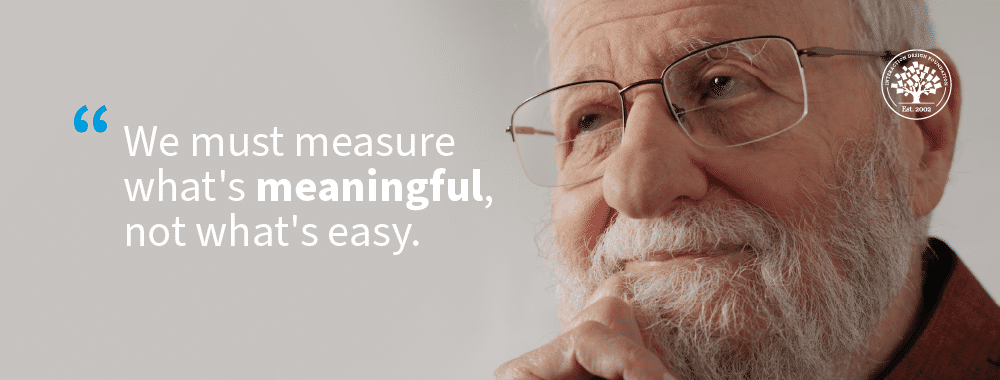Why do we struggle to act on climate change? In this video, Father of UX design, Don Norman, sheds light on the key reasons behind our inaction. Don will explain why we humans react more effectively to immediate threats and why we often don’t understand and address longer-term, slower-moving, complex problems that don't have immediate, visible symptoms. Don will also investigate why successful and powerful companies are reluctant to change.
People Will Respond to Disasters but Not Prevent Them
The brain prioritizes the information it receives through the senses. For this reason, people find it difficult to understand issues they cannot directly perceive, such as the effects of climate change. Despite our incredible ability to process abstract information, the brain is more likely to trust stimuli it can see, hear, touch, taste, or smell, as these inputs directly and immediately impact the sensory systems.
Additionally, the brain has limited processing capacity and tends to focus on the most immediate information. Our brains might overlook issues that are not immediately perceptible or do not have a substantial emotional impact.
Overall, the brain's reliance on sensory inputs and attentional mechanisms can make it difficult for people to understand complex issues that do not have visible symptoms. Once a disaster has occurred, and people can perceive its negative impact through their senses, they're quick to respond and mobilize. Now that climate change has started to have tangible effects, it might be easier for people to acknowledge the situation's urgency and act to mitigate it.
The Take Away
Humans react to short-term, visible changes over long-term abstract ones. We ignore problems without immediate or obvious impact, such as climate change. Additionally, we tend to think linearly and we often overlook complex issues' interconnected causes and effects. Therefore, it takes time to understand systemic issues and multiple factors that contribute to global, systemic problems.
An additional issue is that the current state of the world rewards successful and powerful companies with wealth and influence. So, they’re reluctant to change as it could endanger their revenue stream and power position. Don Norman encourages both individuals and companies to move from short-term thinking and into long-term thinking—and acting.
The visible and tangible effects of climate change help us move into long-term thinking and acting. Now that we see the effect of our actions, we start to recognize the urgency of the situation. As a result, more and more people will take action to mitigate its effects and change their behaviors to make environmentally conscious decisions.
References and Where to Learn More
For more on Don Norman’s take on the state of the world, see his book, Design for a Better World: Meaningful, Sustainable, Humanity Centered.
Additional resources from the book “Design for a Better World” are available at the Resources for DBW website.
Read more articles and essays by Don Norman on JND.org.
Read about human behavior and climate change in Psychological science and global climate change: contributions, challenges, and opportunities by Janet K. Swim et al.
Read about the barriers to climate change action in A framework to diagnose barriers to climate change adaptation by Susanne C. Moser and Julia A. Ekstrom.











